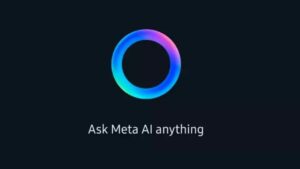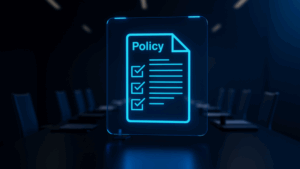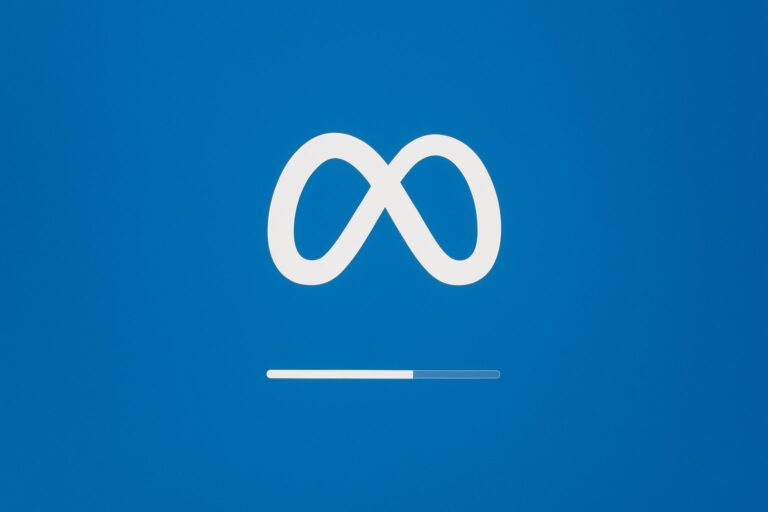Facebook and Meta updates in 2025 are reshaping how businesses advertise, engage, and secure their accounts. If there’s one thing every marketer has learned about Facebook, it’s this: just when you think you’ve figured it out, the platform changes the rules.
For businesses and media buyers, especially in industries where every ad account is scrutinized, keeping pace with Meta’s updates isn’t just nice-to-have — it’s survival. This year, the company has rolled out a mix of creative tools, ad platform adjustments, policy shifts, and new security layers. Together, these changes are quietly reshaping how campaigns are run and how brands connect with audiences.
Here’s a closer look at what’s new in 2025, and more importantly, what it means for your advertising strategy.
 1. AI Takes Center Stage in Facebook and Meta Updates in 2025
1. AI Takes Center Stage in Facebook and Meta Updates in 2025
Meta is betting big on artificial intelligence this year, and it’s not just behind the scenes.
One of the standout features is AI-powered dubbing for Reels, which automatically translates and lip-syncs videos into other languages. For creators and brands, this opens the door to international audiences without costly production work.
Meta has also expanded the “memory” function of its AI assistant across Facebook, Messenger, and WhatsApp. It now remembers user preferences in private chats, tailoring responses in a way that makes conversations feel personal. For advertisers, this is another clear signal: personalization and dynamic targeting are becoming the default, not the exception.
2. Facebook and Meta Updates in 2025: New Tools for Advertisers & Businesses
Inside Ads Manager, Meta has rolled out the Opportunity Score more widely. This feature reviews your campaigns against Meta’s best practices and suggests improvements. While useful, it also nudges advertisers to structure campaigns in ways Meta favors — something media buyers will need to monitor closely.
On the commerce front, WhatsApp for Business has received major upgrades. From AI-driven support to expanded calling features, it’s becoming more than just a customer service tool. For brands that rely on conversations to close deals, WhatsApp is evolving into a full revenue channel.
3. Content & Engagement Shifts
Meta is cracking down on low-value, repetitive content. A recent algorithm update now reduces the reach of posts that are spammy or unoriginal. For brands, this means that copy-paste strategies won’t just fail — they’ll hurt credibility.
Another big change: all Facebook videos are now published as Reels. The old distinction between “videos” and “Reels” is gone. For marketers, this is a signal to think mobile-first and short-form by default.
There are also smaller tweaks aimed at boosting engagement, like the option to add music to text posts — a feature designed to tap into viral, trend-driven content. These Facebook and Meta updates in 2025 are a reminder that originality is now the foundation of engagement.
4. Security & Verification Get Stronger
Marketers managing multiple accounts know how devastating a security breach can be. In 2025, Meta introduced Passkeys — a passwordless login option using fingerprint, facial recognition, or device PIN. This should dramatically reduce the risk of account takeovers.
Meanwhile, the Meta Verified program has been expanded with benefits like better visibility in feeds and tools to protect original content. For businesses in sensitive industries, verification is more than a blue badge — it’s an extra layer of legitimacy and security.
 5. Policy & Moderation Updates
5. Policy & Moderation Updates
Meta is shifting how it handles content moderation. The old fact-checking program is being replaced by Community Notes, allowing users to add context to posts. At the same time, the platform is relaxing restrictions, focusing more on severe or illegal violations rather than broad enforcement.
This could change the overall tone of the platform, with political and news content becoming more visible depending on user preferences. For advertisers, this environment matters: ads don’t appear in a vacuum, and audience perception can shift based on the content around them.
Another important change: Facebook Live videos now expire after 30 days. Live streaming is still powerful, but it should now be treated as a short-term engagement tool, not evergreen content.
6. Everyday Use: Messenger & Social Features
Facebook has reintroduced a dedicated Friends tab, letting users focus only on posts from people they actually know. While this makes the platform feel more personal again, it also changes how brand content surfaces in feeds.
Messenger has also doubled file-sharing limits to 100 MB, a small but practical improvement for businesses using the app for customer support or document sharing.
What It All Means for Marketers
Looking across these changes, three clear themes emerge:
-
Original content is essential. Recycling material will actively hurt performance.
-
AI is at the core of everything. From translations to campaign optimization, the tools are smarter — and they’re shaping how ads are created, targeted, and measured.
-
Security and compliance are tightening. Verified accounts, stronger logins, and stricter campaign structures all signal a more controlled environment.
For businesses in competitive or regulated spaces, these aren’t optional updates to follow — they’re signs of where Meta is pushing the entire ad ecosystem.
Final Takeaway
Facebook and Meta updates in 2025 show a clear trend: the platform is doubling down on originality, personalization, and security. The opportunities are real – global reach through AI, new ways to engage customers on WhatsApp, and stronger safeguards for verified brands. But so are the risks: outdated strategies, low-value content, or ignoring compliance signals can quickly translate into wasted spend or even account restrictions.
For marketers, the message is clear: stay proactive, stay creative, and keep compliance front of mind. The brands that adapt fastest will be the ones still standing when the next wave of changes arrives.



